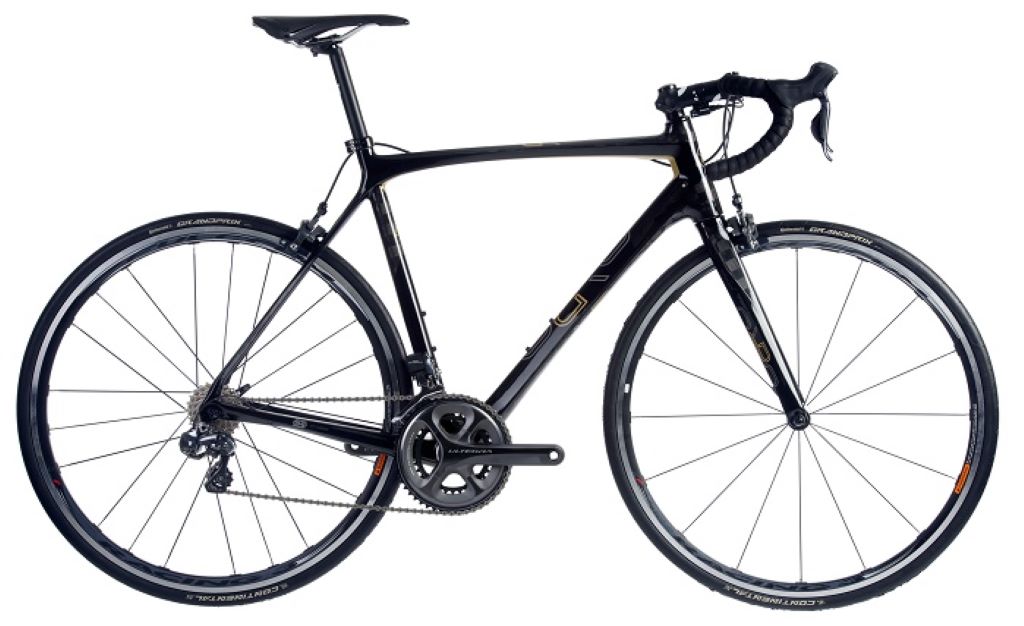Upgrade Your Ride: The Latest Innovations in Lightweight BMX Bikes

Are you ready to take your BMX riding experience to the next level? If you’re a thrill-seeker and passionate about BMX, you know that the right bike can make all the difference. In this article, we’ll explore the exciting world of outdoor extreme sports and the latest innovations that have taken the industry by storm. From materials to design, we’ll delve into the details of what makes these bikes stand out. So, gear up, because we’re about to embark on a journey to upgrade your ride!
The Evolution of BMX Bikes: A Brief Overview
Before we dive into the latest innovations, let’s take a quick look at the evolution of BMX bikes. BMX, short for Bicycle Motocross, gained popularity in the 1970s as an offshoot of motocross racing. These bikes were initially designed for racing on dirt tracks but quickly found their way into freestyle riding, street riding, and even parkour-style stunts.
Lightweight Revolution: The Significance of Weight in BMX Bikes
The weight of a BMX bike plays a crucial role in its performance. A lighter bike offers better maneuverability, increased airtime, and enhanced control during tricks. Manufacturers have recognized the importance of reducing weight without compromising durability, and they’ve made significant strides in this area.
Materials Matter: Carbon Fiber and Aluminum Alloys
One of the key innovations in lightweight BMX Bikes is the use of advanced materials like carbon fiber and aluminum alloys. These materials are known for their exceptional strength-to-weight ratios, making them perfect for BMX frames. Carbon fiber, in particular, has gained popularity due to its incredible strength and feather-light weight. It’s a game-changer for riders looking to push their limits.
Aerodynamics and Frame Geometry: The Science Behind Speed
To achieve maximum speed and control, bike manufacturers have started to focus on aerodynamics and frame geometry. Aerodynamic frames reduce wind resistance, allowing riders to cut through the air with ease. The right frame geometry ensures that the rider’s center of gravity is perfectly balanced, making it easier to perform tricks and handle tight turns.
Suspension Systems: Smoother Landings and Greater Control
In the world of lightweight BMX bikes, suspension systems have seen significant improvements. Advanced suspension forks and rear shock absorbers provide smoother landings after big jumps and allow for greater control on rough terrain. This innovation has opened up new possibilities for riders who crave both speed and comfort.
The Role of Technology: Smart BMX Bikes
In the age of technology, BMX bikes are no exception to innovation. Smart BMX bikes equipped with sensors and connectivity features are becoming more common. These bikes can track your performance metrics, such as speed, airtime, and even heart rate. With the help of a smartphone app, you can analyze your rides, set goals, and compete with friends. It’s a whole new level of engagement for BMX enthusiasts.
Safety First: Advanced Helmets and Protective Gear
While we’re focused on the bikes themselves, safety is paramount in BMX riding. The latest innovations in protective gear include advanced helmets with improved impact absorption and ventilation. Knee and elbow pads have also seen improvements in design and materials, offering maximum protection without hindering movement.
Conclusion
In the world of BMX riding, staying ahead of the curve means embracing innovation. Lightweight BMX bikes have undergone a remarkable transformation, thanks to advancements in materials, aerodynamics, suspension systems, and technology, while tubeless mountain bike tires offer the advantage of improved puncture resistance and reduced rolling resistance, further enhancing the off-road riding experience. These innovations have made BMX riding more exhilarating and accessible than ever before.
So, if you’re ready to upgrade your ride, consider investing in a lightweight BMX bike that incorporates these cutting-edge features. Whether you’re a seasoned pro or just starting your BMX journey, these innovations will take your riding experience to new heights.
FAQs
- Are lightweight BMX bikes suitable for beginners?
Lightweight BMX bikes can benefit riders of all levels. Beginners may find them easier to maneuver and control, enhancing their learning experience.
- How much does a lightweight BMX bike cost?
Prices vary depending on the brand and features. Entry-level lightweight BMX bikes start around $300, while high-end models can cost over $1,000.
- Are carbon fiber frames more fragile than traditional frames?
While carbon fiber frames are lightweight, they are designed to be incredibly strong and durable. They can withstand the rigors of BMX riding.
- What’s the advantage of smart BMX bikes?
Smart BMX bikes offer data tracking and connectivity features, allowing riders to analyze their performance and compete with others, adding an exciting dimension to the sport.
- Do I need special maintenance for lightweight BMX bikes?
Like any bike, regular maintenance is essential. Keep your bike clean, lubricate moving parts, and check for wear and tear to ensure optimal performance and safety.






